Contents
Guide

Soft Skills for Kids
Soft Skills for Kids
In Schools, at Home, and Online
2nd Edition
Nancy Armstrong Melser
ROWMAN & LITTLEFIELD
Lanham Boulder New York London
Published by Rowman & Littlefield
An imprint of The Rowman & Littlefield Publishing Group, Inc.
4501 Forbes Boulevard, Suite 200, Lanham, Maryland 20706
www.rowman.com
86-90 Paul Street, London EC2A 4NE, United Kingdom
Copyright 2022 by Nancy Armstrong Melser
All rights reserved . No part of this book may be reproduced in any form or by any electronic or mechanical means, including information storage and retrieval systems, without written permission from the publisher, except by a reviewer who may quote passages in a review.
British Library Cataloguing in Publication Information Available
Library of Congress Cataloging-in-Publication Data
Names: Melser, Nancy Armstrong, author.
Title: Soft skills for kids : in schools, at home, and online / Nancy Armstrong Melser.
Other titles: Soft skills for children
Description: Second edition. | Lanham : Rowman & Littlefield, [2022] | Includes bibliographical references. | Summary: Soft skills help prepare kids for school and the workplace. They are a series of strategies that help children learn competencies such as manners, respect, and organization. This book focuses on fourteen soft skills that all kids need, as well as how teachers and parents can work together to help children both at home and in educational settingsProvided by publisher.
Identifiers: LCCN 2021055960 (print) | LCCN 2021055961 (ebook) | ISBN 9781475864885 (cloth) | ISBN 9781475864892 (paperback) | ISBN 9781475864908 (epub)
Subjects: LCSH: Social learning. | Soft skillsStudy and teaching. | Life skillsStudy and teaching. | EducationParent participation.
Classification: LCC LC192.4 .M45 2022 (print) | LCC LC192.4 (ebook) | DDC 303.3/2dc23/eng/20220218
LC record available at https://lccn.loc.gov/2021055960
LC ebook record available at https://lccn.loc.gov/2021055961
 The paper used in this publication meets the minimum requirements of American National Standard for Information SciencesPermanence of Paper for Printed Library Materials, ANSI/NISO Z39.48-1992.
The paper used in this publication meets the minimum requirements of American National Standard for Information SciencesPermanence of Paper for Printed Library Materials, ANSI/NISO Z39.48-1992.
Soft skills is a catch phrase in the world of business. Numerous websites and books exist on the topic of soft skills as they apply to career searches and job preparedness. Employers are looking for well-rounded applicants who know the hard skills or background information and technical skills that are necessary for jobs. However, they are also looking for employees who have soft skills as well.
According to Dictionary.com, soft skills are defined as personal attributes that enable someone to interact effectively and harmoniously with other people. As a teacher educator for almost thirty years, I noticed that while the majority of my pre-service teachers were wonderful and well prepared, there were always a handful of students who were missing soft skills in the field of teaching. These future teachers were sometimes lacking in confidence, professionalism, and a good work ethic.
After working with future teachers who were deficient in professional and people skills, I decided to give a survey to school superintendents and administrators about what was lacking in todays pre-service teachers. One respondent simply stated, Soft Skills. Curious about this answer I began researching soft skills as they applied to teachers. I completed presentations and wrote my first book titled Teaching Soft Skills in a Hard World: Skills for Beginning Teachers.
A week after submitting my book for publication, I received an email from a state legislator announcing a new requirement for K-12 students for employment and future job skills. In this email, the term soft skills was mentioned once again, but this time, they applied to children. As a teacher and parent, I was immediately interested in this idea as it applies to schoolage students and wanted to embark on another book that applied to this demographic group.
I once again studied the term soft skills and found that it applied mostly to the business world, and not to children. After much research and exploration of the idea of soft skills with children, I wrote a second book titled Soft Skills for Children: A Guide for Parents and Teachers . This book was published in January of 2019, and covered many of the soft skills that are important to teach children, both at home and at school.
However, just a few months later, the COVID-19 pandemic hit our world and impacted children in a variety of ways. They were suddenly sent home from schools, forced to learn in an online environment, and parents suddenly became teachers as well. The pandemic of 2020 created a whole new use for soft skills in children as both teachers and parents were now working together to instruct students in online and hybrid environments. Families were suddenly setting up home classrooms, parents were learning how to log students into online formats, and teachers were scrambling to create lessons that would cover the required curriculum and also help children with their anxiety and loss of classroom instruction.
This book was revised to assist teachers and parents in applying the soft skills from the first book into an online setting as well. As more and more families are learning from home, whether through a hybrid model of in-class instruction and online learning sponsored by school systems, or through homeschooling where parents intentionally plan and teach curriculum to their students, the soft skills presented here will play an even bigger role than they did just two years ago. As Loveless (2021) stated:
When sudden change occurs, or unanticipated problems arise, it can leave some students unable to effectively respond. As students learn to be more adaptable, they become better situated to respond to a wide range of problems. A student who learns how to adapt quickly to changing school conditions is better suited to responding in the workplace when new problems arise.
Kids have been through a lot! They have survived the physical threat of a pandemic and looming illness in their family and friends. Some have been out of school for months without seeing classmates and teachers, and are experiencing anxiety about returning to schools, continuing online education, and possibly being behind academically due to the interruptions in learning. They need to have teachers and parents who will work together to help them learn to the best of their abilities for the hard skills such as math and reading, but will also need to see teachers and parents who practice respect and composure through these changes as well.
As a teacher, I know that soft skills are used in the classroom, whether in person or online. When teachers model respectful behaviors, show students how to respond appropriately, and use strategies that incorporate the skills needed for tomorrows careers, they are teaching soft skills that children will use for their future. The sections I included in this book for educators outline ways to incorporate soft skills into classrooms.
As a parent, I also know that soft skills are important at home. When my son and his friends shared concerns with me, told me about what kids were dealing with, and how their parents helped them through situations, I knew that soft skills were important for parents to teach as well. Also, when the pandemic occurred and many parents suddenly had to help with schooling at home, I realized that the integration of online learning would be a valuable tool as well.

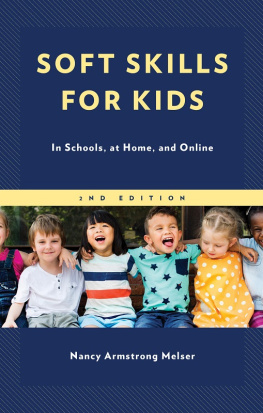
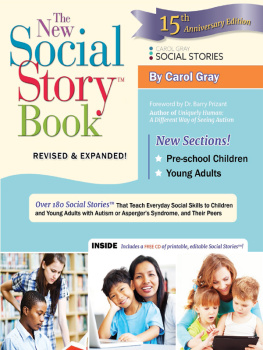
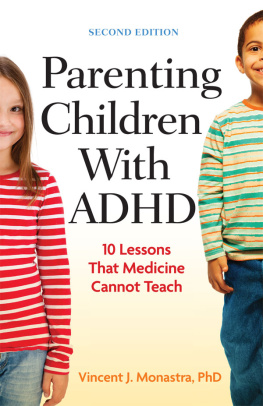
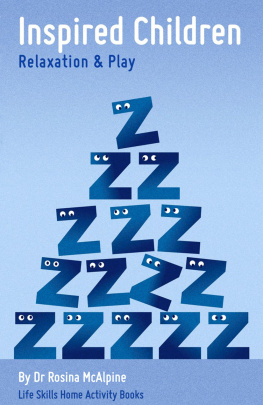

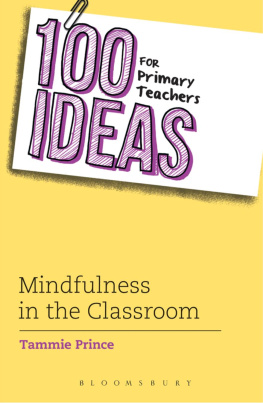


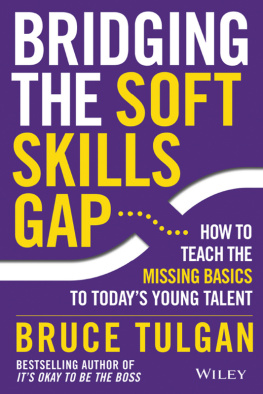
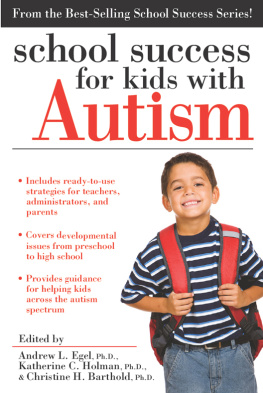
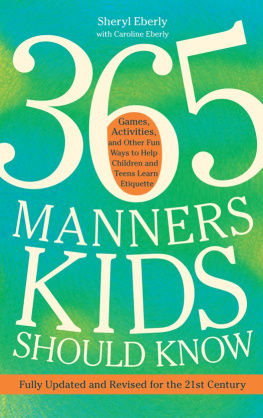

 The paper used in this publication meets the minimum requirements of American National Standard for Information SciencesPermanence of Paper for Printed Library Materials, ANSI/NISO Z39.48-1992.
The paper used in this publication meets the minimum requirements of American National Standard for Information SciencesPermanence of Paper for Printed Library Materials, ANSI/NISO Z39.48-1992.